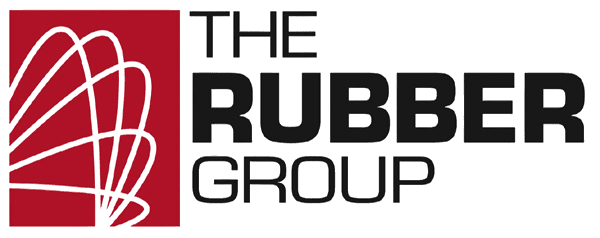Silicone molding is used to produce medical components such as surgical handles, sterilization tray mats, peristaltic pump tubing, umbrella valves, diaphragms, medical seals, and medical grommets. Many types of silicones are available, but they’re not all suitable for your medical application. By partnering with The Rubber Group (TRG), you can succeed with silicone selection.
FDA Silicones
To minimize risks and control costs, it’s important to determine whether your silicone molding application requires an FDA approved material. FDA approved silicones fall under 21 CFR177.26000 of the U.S. Federal Code; however, the Food and Drug Administration (FDA) does not directly approve these materials. Rather, a silicone is FDA approved if it contains only 21 CFR177.26000 listed ingredients. The silicone’s supplier is responsible for testing the material and ingredients.
USP Class VI Silicones
Medical silicones that meet the requirements of USP Class VI, a designation from the U.S. Pharmacopeia, may also be required for biocompatibility. USP VI is a panel of tests that are used to determine the biological reactivity of the silicone in vivo. There are other USP classes as well, but USP Class VI is the strictest. Typically, the customer communicates the regulatory requirements so that TRG can select the right silicone for the medical molding application.
10993 Silicones
ISO 10993 is an international standard that divides medical devices into three categories: surface, implant, and external communicating. Based on the time of exposure, these categories are further divided into three subcategories: limited, prolonged, and permanent. Before selecting a molding material such as a medical silicone, it’s important to determine which category and subcategory describes your application. Otherwise, you won’t know which testing protocol applies.
ISO 10993 is not a checklist, but it does provide a risk-based guide for evaluating different materials. This standard also provides a way to identify and quantify a material’s chemical ingredients. There are several important uses for chemical characterization, each with a numbered designation. As an experienced medical molder, TRG works with independent laboratories like NAMSA to understand these requirements.
RoHS. Reach, and Silicone Molding
Companies that do business in Europe may need silicones that meet Restriction of Hazardous Substances (RoHS) and comply with the European Regulation on Registration, Evaluation, Authorisation and Restriction of Chemicals (REACH). Companies outside the European Union (EU) aren’t bound by REACH, but some U.S. buyers now want a REACH compliance document regardless. By partnering with TRG, you can also contain obtain documentation such as certificates of assurance (COAs) or certificates of compliance (COCs).
Peroxide Curing vs. Platinum Curing
Silicones can use peroxide or platinum for the catalyst as they cure from a gum to a solid. The peroxide or free radical system is the oldest cross-linking chemistry for silicone rubber, but it may release unwanted byproducts, such as volatile organic acids (VOAs), without post-curing. Yet in most cases, a peroxide-cured silicone will pass the USP Class VI panel of tests. In fact, many of the tested materials that The Rubber Group uses are peroxide-cured and tested without a post-cure.
Platinum-cured silicones have lower levels of extractables, chemical compounds that can migrate under conditions such as elevated temperature or surface exposure. These silicone molding materials are more expensive but may be required for some applications. For example, if your application requires high cleanliness and purity, you may need a platinum-cured silicone.
Ask TRG About Silicone Molding
In addition to silicone selection, the success of your next medical molding project depends on choosing the right partner. For custom molded medical products that are backed by application experience and technical expertise, contact TRG.
